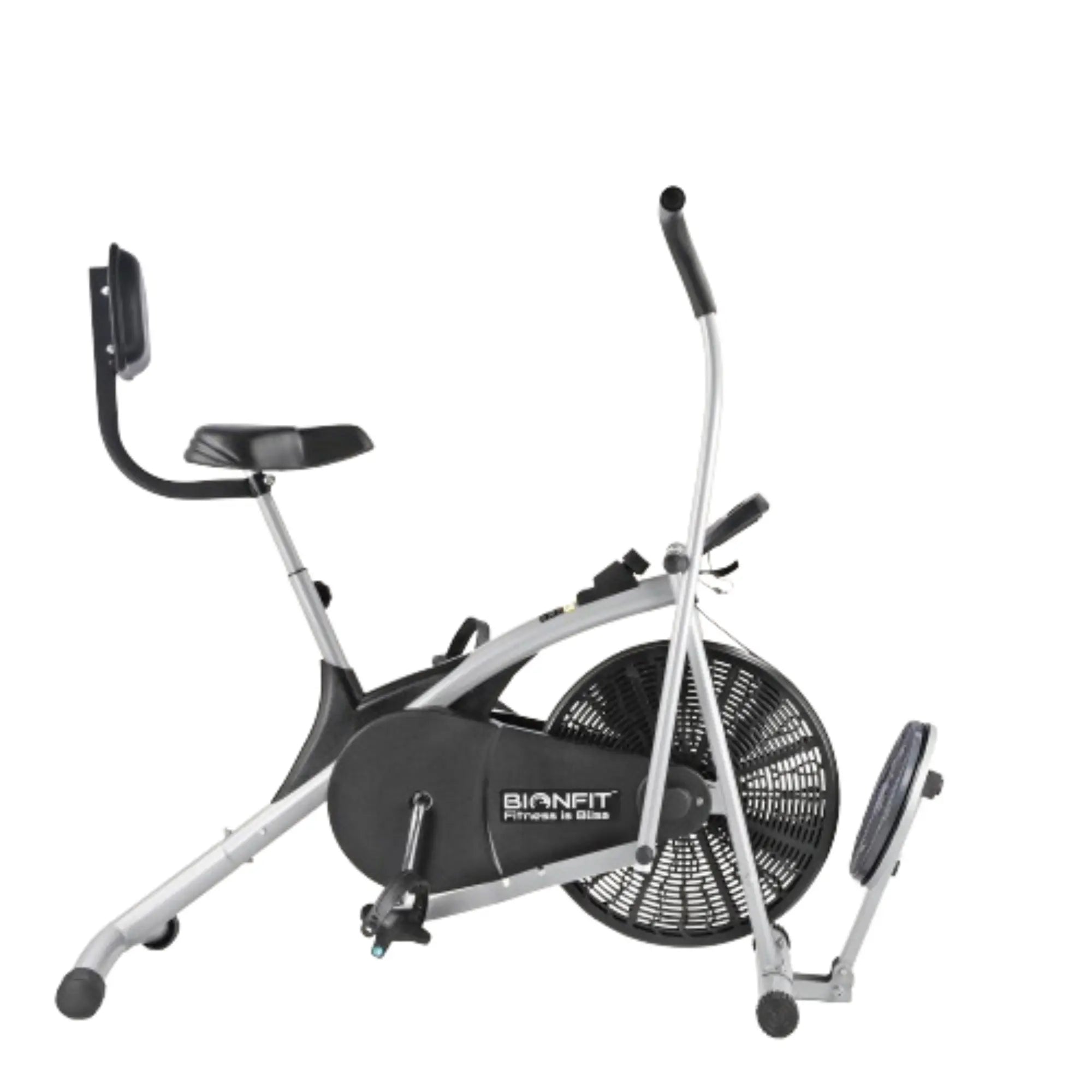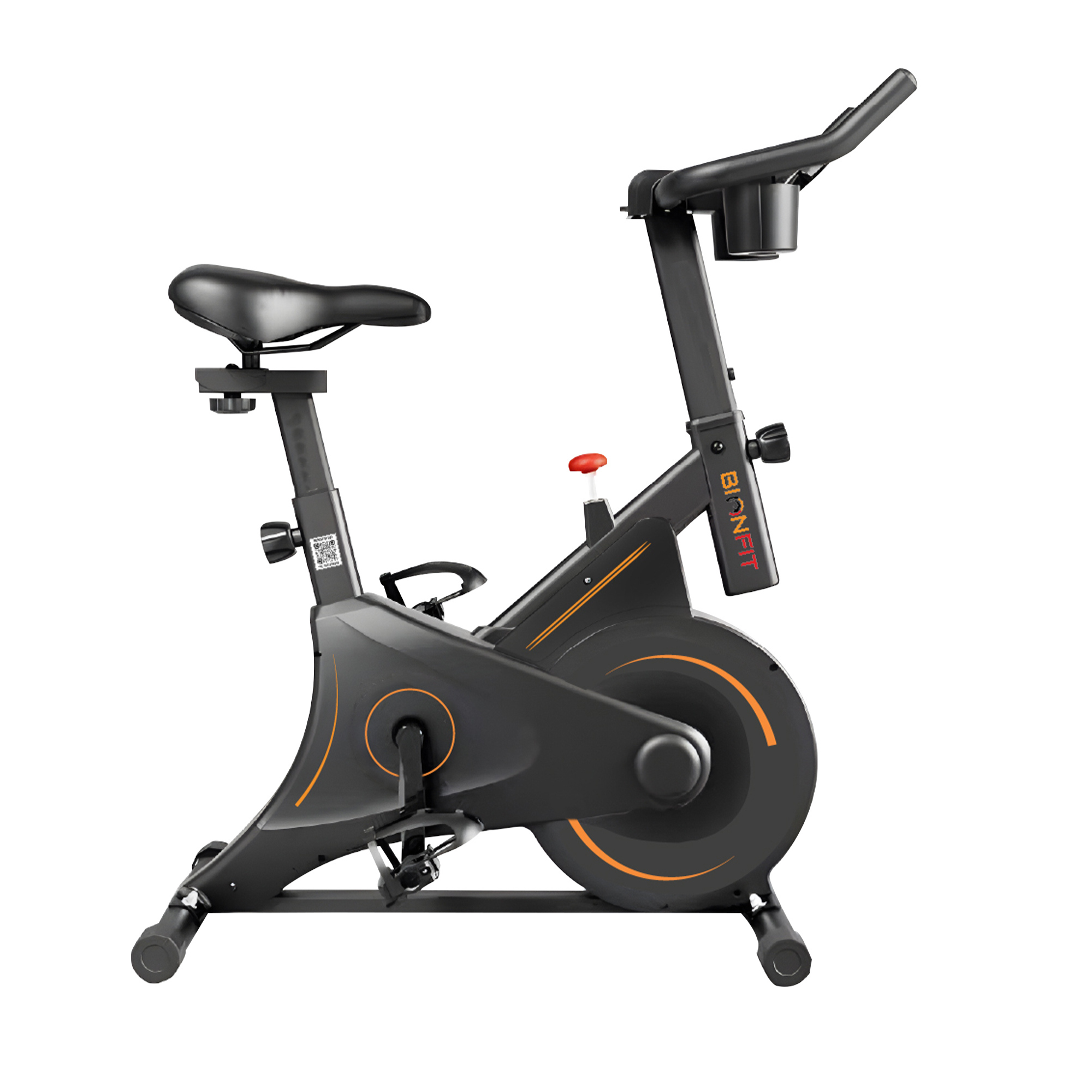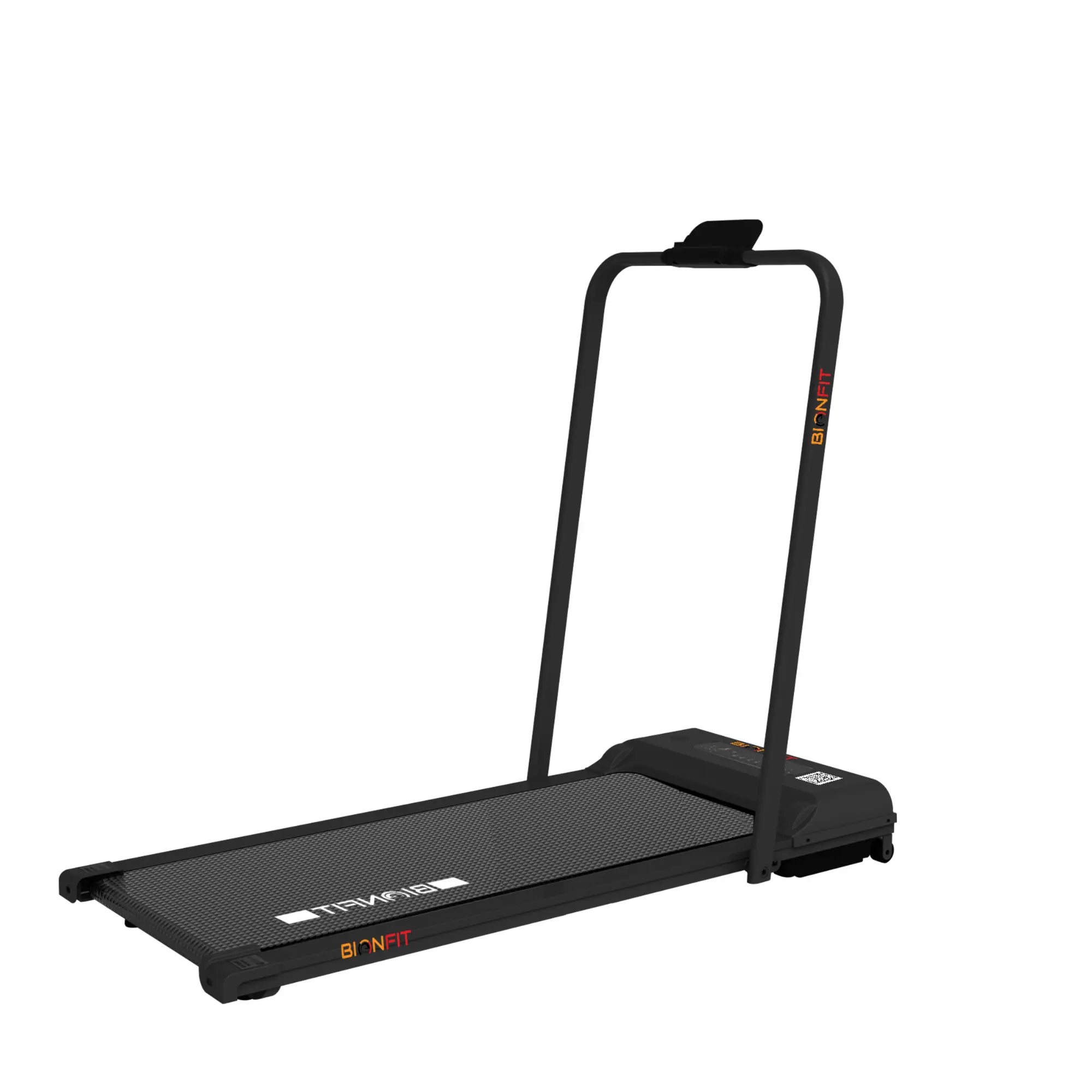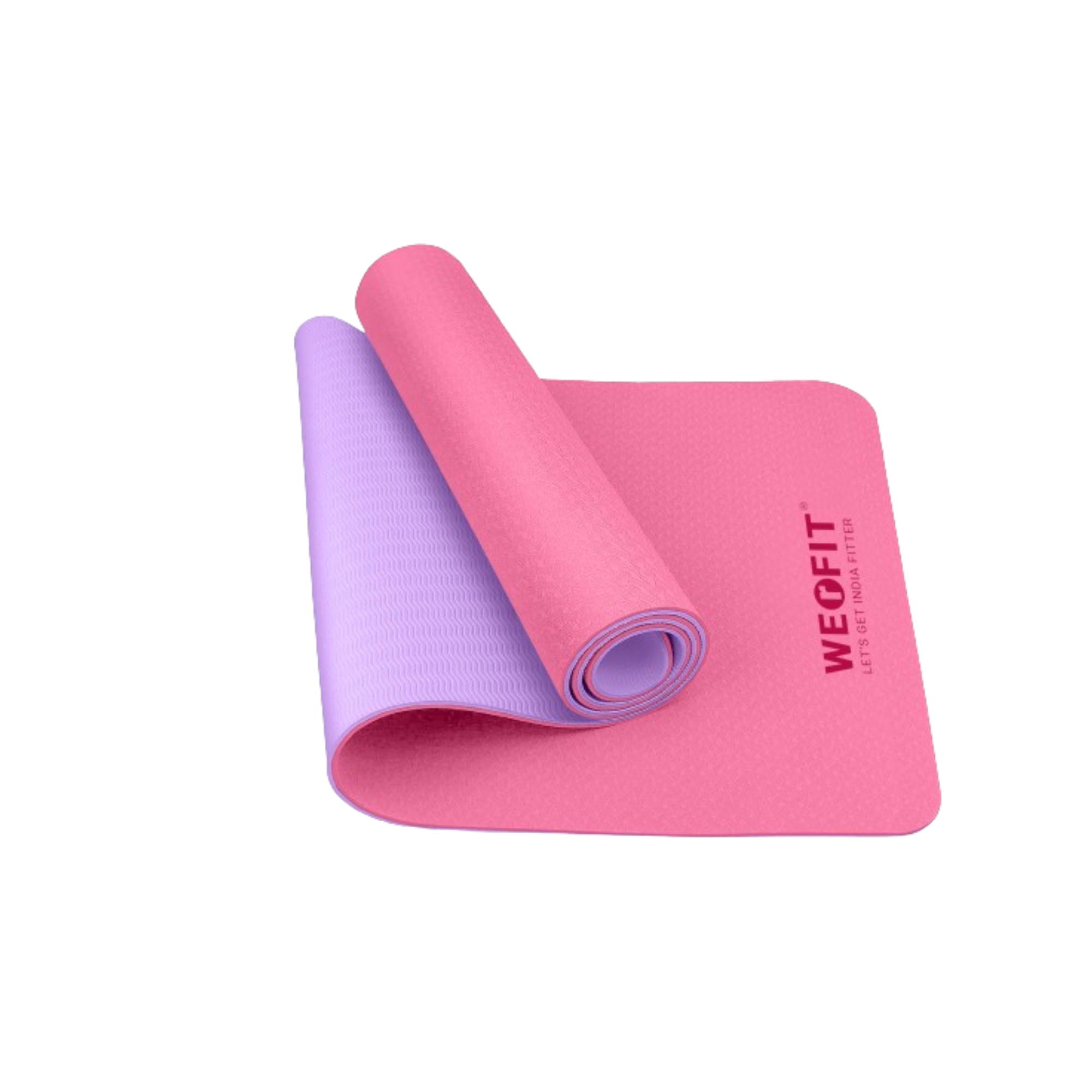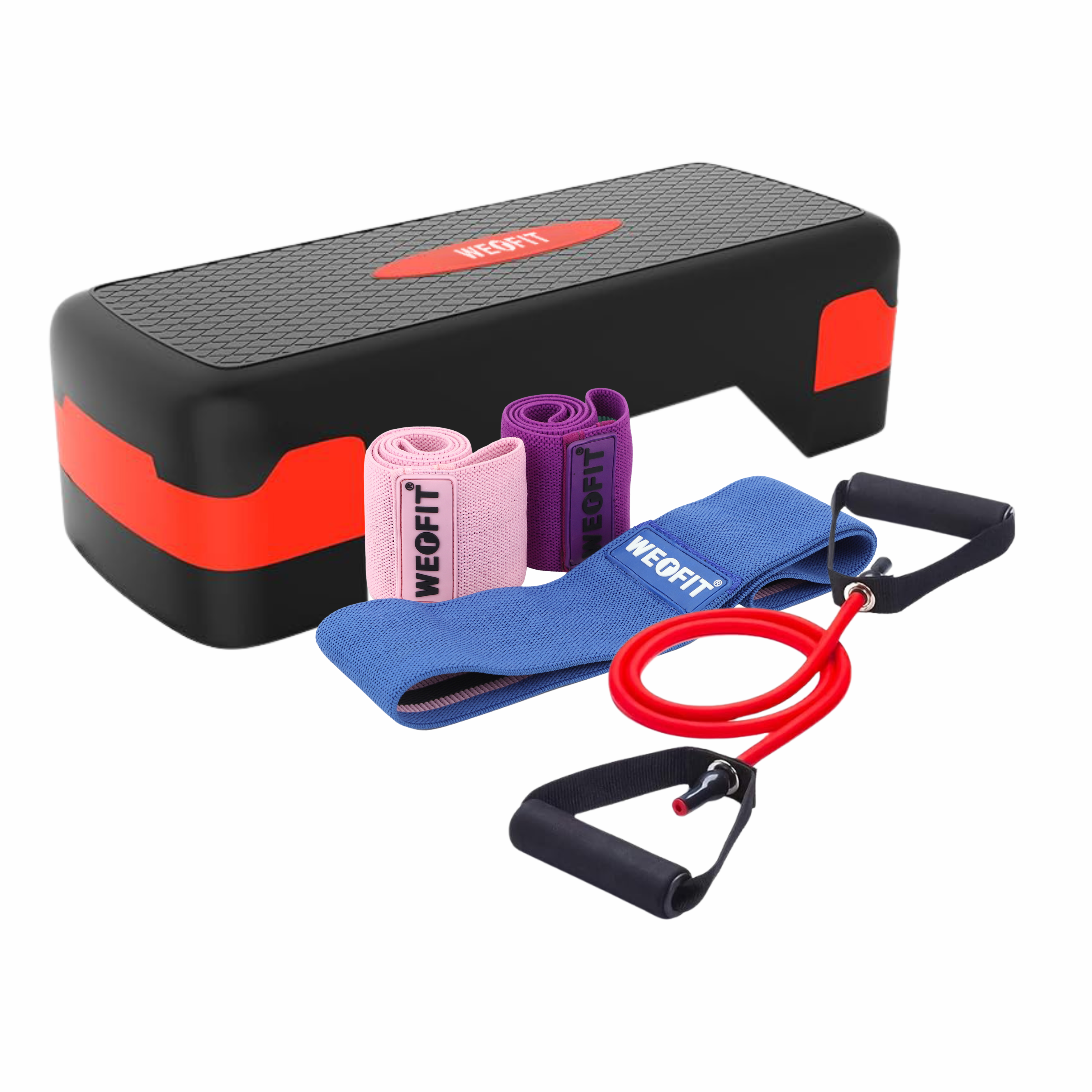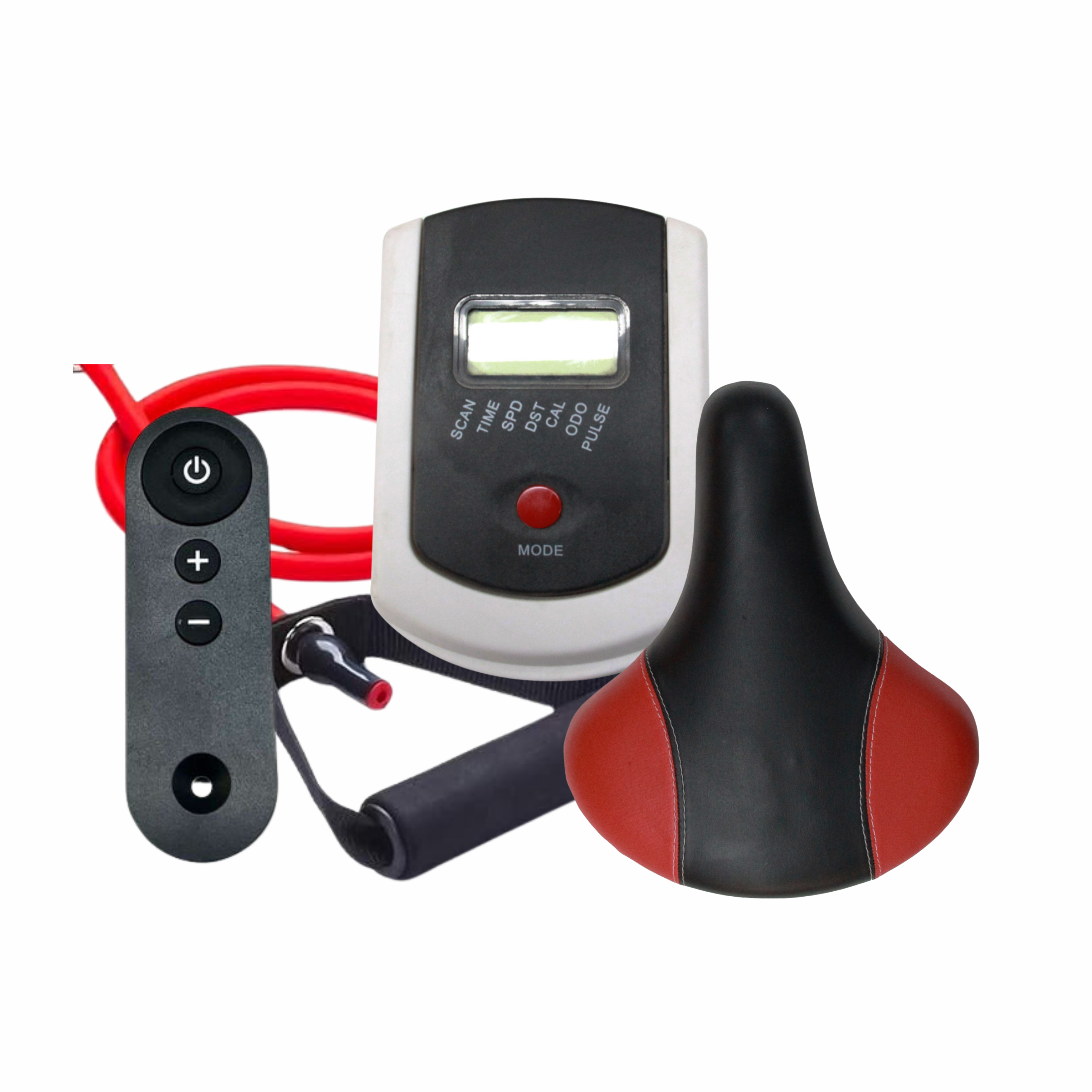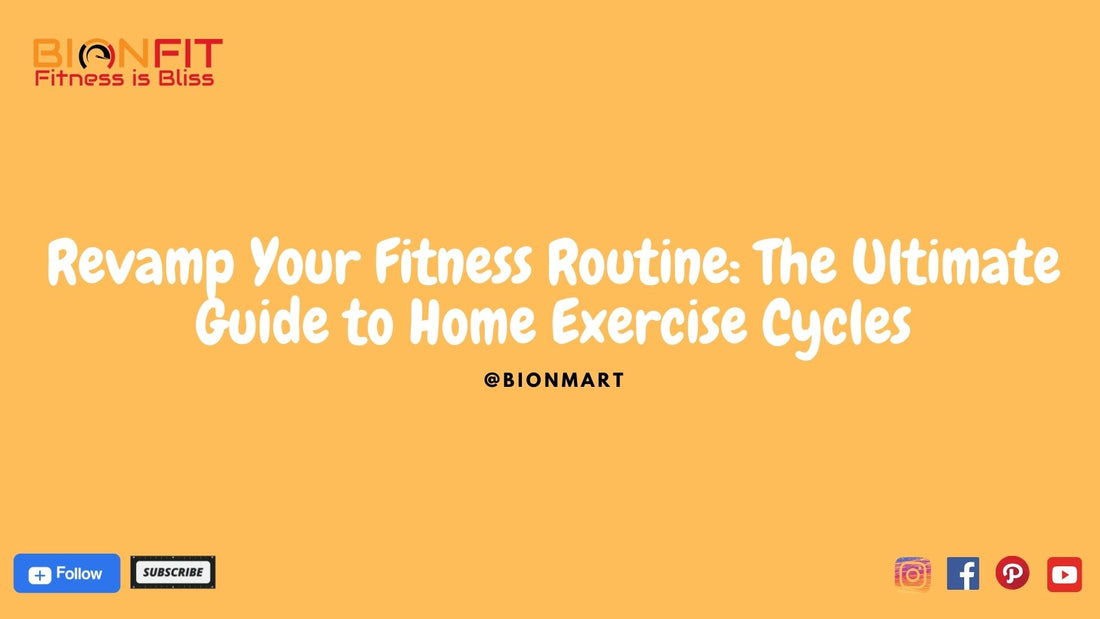
Revamp Your Fitness Routine: The Ultimate Guide to Home Exercise Cycles
In today's fast-paced world, maintaining a healthy lifestyle can be a challenge. Between work, family, and other responsibilities, finding time to hit the gym can seem impossible. However, with the rise of home exercise equipment, staying fit has never been more convenient. In this comprehensive guide, we'll explore everything you need to know about revamping your fitness routine with home exercise cycles.
Introduction to Home Exercise Cycles
What are home exercise cycles?
Home exercise cycles, also known as stationary bikes or exercise bikes, are fitness equipment designed for indoor use. They simulate the experience of cycling outdoors and provide an effective cardiovascular workout.
Importance of home exercise equipment.
Incorporating home exercise equipment into your fitness routine offers numerous benefits, including convenience, cost-effectiveness, and the ability to customize your workouts according to your preferences and goals.
Benefits of Using Home Exercise Cycles
Convenience and accessibility.
One of the primary advantages of home exercise cycles is the convenience they offer. With a stationary bike in your home, you can work out anytime, regardless of the weather or time of day. This accessibility eliminates the need to commute to the gym, saving you both time and effort.
Cost-effectiveness compared to gym memberships.
Investing in a home exercise cycle can also save you money in the long run. While gym memberships require monthly or annual fees, purchasing a stationary bike is a one-time investment. Over time, the cost of owning your equipment is significantly lower than paying for a gym membership.
Customization of workouts.
Home exercise cycles allow you to tailor your workouts to suit your fitness level and goals. You can adjust the resistance level, speed, and duration of your rides to challenge yourself and track your progress over time.
Types of Home Exercise Cycles
Stationary bikes.
Stationary bikes are the most common type of home exercise cycle. They feature a comfortable seat, pedals, and handlebars, allowing you to simulate the experience of riding a bike indoors.
Recumbent bikes.
Recumbent bikes have a reclined seating position and a larger seat, making them ideal for individuals with back pain or joint issues. These bikes provide a low-impact workout that is gentle on the joints.
Upright bikes.
Upright bikes resemble traditional bicycles, with an upright seating position and handlebars positioned higher than the seat. They provide a more intense workout compared to recumbent bikes and engage a wider range of muscles.
Spin bikes.
Spin bikes, also known as indoor cycling bikes, are designed for high-intensity workouts. They feature a weighted flywheel and adjustable resistance levels, allowing you to simulate uphill climbs and sprints.
Choosing the Right Home Exercise Cycle
Considerations based on fitness goals.
When selecting a home exercise cycle, consider your fitness goals and preferences. If you're looking for a low-impact workout, a recumbent bike may be the best option. If you want to challenge yourself with high-intensity interval training, a spin bike may be more suitable.
Space and budget constraints.
Before purchasing a home exercise cycle, consider the amount of space available in your home and your budget. Recumbent bikes typically have a larger footprint than upright or spin bikes, so make sure you have enough room to accommodate your chosen equipment.
Features to look for in a home exercise cycle.
When shopping for a home exercise cycle, look for features that enhance your workout experience, such as adjustable resistance levels, built-in workout programs, and compatibility with fitness tracking devices.
Setting Up Your Home Exercise Area
Finding the ideal space.
Choose a well-ventilated area of your home with enough space to comfortably accommodate your exercise cycle. Ideally, the space should be free from distractions and conducive to focusing on your workout.
Proper flooring and ventilation.
Place your exercise cycle on a flat, stable surface with non-slip flooring to prevent accidents. Ensure adequate ventilation in the room to keep you cool and comfortable during your workout.
Organizing your equipment.
Keep your exercise area organized by storing any accessories, such as towels, water bottles, and headphones, within easy reach. This will make it easier to stay focused and motivated during your workouts.
Getting Started with Your Home Exercise Cycle
Warm-up routines.
Before starting your workout, warm up your muscles with dynamic stretches or a light cardio activity, such as jogging in place or jumping jacks. This will prepare your body for the upcoming exercise and reduce the risk of injury.
Setting resistance levels.
Adjust the resistance level on your exercise cycle to match your fitness level and workout goals. Start with a moderate resistance level and gradually increase it as you become more comfortable with the exercise.
Monitoring your heart rate.
During your workout, pay attention to your heart rate to ensure you're exercising at an intensity that's appropriate for your fitness level. Use the built-in heart rate monitor on your exercise cycle or wear a fitness tracker to track your heart rate accurately.
Effective Workouts with Home Exercise Cycles
Interval training.
Incorporate interval training into your workouts by alternating between periods of high-intensity exercise and recovery. This will help improve your cardiovascular fitness and burn more calories in less time.
Endurance workouts.
To build endurance and stamina, engage in longer, steady-state workouts at a moderate intensity. Aim to maintain a consistent pace throughout the duration of your workout, gradually increasing the duration as your fitness level improves.
Cross-training with other equipment.
To prevent boredom and plateauing, cross-train with other types of exercise equipment, such as dumbbells, resistance bands, or a stability ball. This will challenge your muscles in new ways and keep your workouts fresh and exciting.
Tracking Progress and Goals
Using technology for tracking.
Take advantage of technology to track your workouts, monitor your progress, and set achievable goals. Many home exercise cycles come equipped with built-in workout programs and fitness tracking features, or you can use smartphone apps or wearable devices to track your activity.
Setting achievable goals.
Set specific, measurable goals for your fitness journey, such as increasing your endurance, losing weight, or improving your overall health. Break larger goals down into smaller, manageable milestones to stay motivated and focused.
Celebrating milestones.
Celebrate your achievements along the way to keep yourself motivated and inspired. Whether it's reaching a new distance or setting a personal record, acknowledging your progress will reinforce your commitment to your fitness goals.
Safety Tips for Home Exercise Cycles
Proper posture and form.
Maintain proper posture and form while riding your exercise cycle to prevent injury and maximize the effectiveness of your workout. Keep your back straight, shoulders relaxed, and feet securely fastened to the pedals.
Adjusting the equipment to your body.
Ensure your exercise cycle is properly adjusted to fit your body size and proportions. Adjust the seat height, handlebar position, and pedal straps as needed to create a comfortable and ergonomic riding position.
Knowing when to stop.
Listen to your body and know when to take breaks or stop exercising altogether if you experience any pain, discomfort, or dizziness. Pushing through pain can lead to injury and setbacks in your fitness journey.
Common Mistakes to Avoid
Overtraining.
Avoid overtraining by giving your body adequate rest and recovery time between workouts. Overtraining can lead to fatigue, burnout, and increased risk of injury.
Neglecting recovery time.
Prioritize recovery time as part of your fitness routine to allow your muscles time to repair and rebuild. Incorporate rest days into your schedule and engage in activities that promote relaxation and recovery, such as stretching, yoga, or foam rolling.
Ignoring warning signs of injury.
Pay attention to any warning signs of injury, such as persistent pain, swelling, or decreased range of motion. Ignoring these signals can lead to more serious injuries and prolonged recovery time.
Incorporating Variety in Your Routine
Trying different workout programs.
Experiment with different workout programs and cycling routines to keep your workouts interesting and challenging. Incorporate intervals, hills, and sprints to vary the intensity of your rides and target different muscle groups.
Adding challenges to your workouts.
Challenge yourself by setting goals and targets for each workout, such as increasing your speed, resistance, or duration. Pushing yourself out of your comfort zone will help you break through plateaus and achieve new levels of fitness.
Keeping boredom at bay.
Combat boredom by mixing up your workouts and trying new activities. Listen to music, audiobooks, or podcasts while you ride, or participate in virtual cycling classes to stay engaged and motivated.
Maintaining Your Home Exercise Cycle
Regular cleaning and maintenance.
Keep your exercise cycle clean and well-maintained to ensure optimal performance and longevity. Wipe down the frame, seat, and handlebars after each use, and regularly inspect the pedals, resistance mechanism, and other moving parts for any signs of wear or damage.
Checking for wear and tear.
Periodically check your exercise cycle for signs of wear and tear, such as frayed cables, loose bolts, or squeaky pedals. Address any issues promptly to prevent further damage and ensure your safety during workouts.
Replacing parts when necessary.
Replace worn or damaged parts on your exercise cycle as needed to maintain its functionality and safety. Consult the manufacturer's guidelines or seek professional assistance if you're unsure how to perform repairs or replacements.
Staying Motivated
Setting rewards for consistency.
Reward yourself for sticking to your fitness routine and reaching your goals. Treat yourself to a massage, new workout gear, or a healthy meal as a way of celebrating your achievements and staying motivated.
Finding a workout buddy or community.
Join a cycling group or online community to connect with like-minded individuals and share your fitness journey. Having a support system can provide motivation, accountability, and encouragement to keep pushing toward your goals.
Remembering your reasons for starting.
Reflect on the reasons why you started your fitness journey in the first place and keep them at the forefront of your mind. Whether it's improving your health, losing weight, or boosting your mood, staying connected to your why will help you stay focused and committed.
The Importance of Rest and Recovery
Allowing time for muscle repair.
Give your muscles time to rest and recover after challenging workouts to prevent fatigue and injury. Aim for at least one or two rest days per week to allow your body to repair and rebuild muscle tissue.
Incorporating rest days into your routine.
Schedule regular rest days into your workout routine to give your body a chance to recover and recharge. Use these days to engage in light activity, such as walking, swimming, or yoga, to promote blood flow and flexibility without placing undue stress on your muscles.
Practicing relaxation techniques.
Incorporate relaxation techniques, such as deep breathing, meditation, or gentle stretching, into your daily routine to reduce stress and promote overall well-being. Taking time to relax and unwind will help you feel rejuvenated and ready to tackle your next workout.
Conclusion
In conclusion, home exercise cycles offer a convenient, cost-effective, and customizable way to revamp your fitness routine and achieve your health and wellness goals. By selecting the right equipment, setting up a dedicated workout space, and incorporating effective workouts into your routine, you can enjoy the benefits of indoor cycling from the comfort of your own home. Remember to prioritize safety, track your progress, and stay motivated on your fitness journey.
Unique FAQs
1. Is indoor cycling suitable for beginners?
- Yes, indoor cycling is suitable for beginners of all fitness levels. Start at a comfortable pace and gradually increase the intensity and duration of your workouts as you build strength and endurance.
2. How often should I use my home exercise cycle?
- The frequency of your workouts will depend on your fitness goals and schedule. Aim for at least three to five sessions per week to see noticeable improvements in your cardiovascular fitness and overall health.
3. Can I lose weight by cycling at home?
- Yes, cycling is an effective way to burn calories and lose weight when combined with a healthy diet and consistent exercise routine. By incorporating regular workouts on your home exercise cycle, you can achieve your weight loss goals over time.
4. What should I wear when cycling at home?
- Wear comfortable, moisture-wicking clothing that allows for freedom of movement and helps regulate your body temperature
Follow us for more updates.

